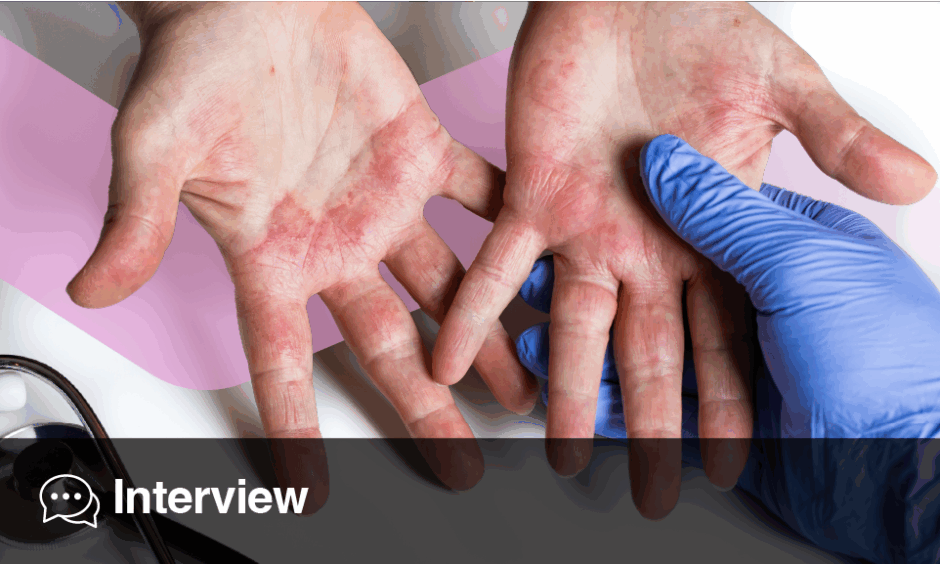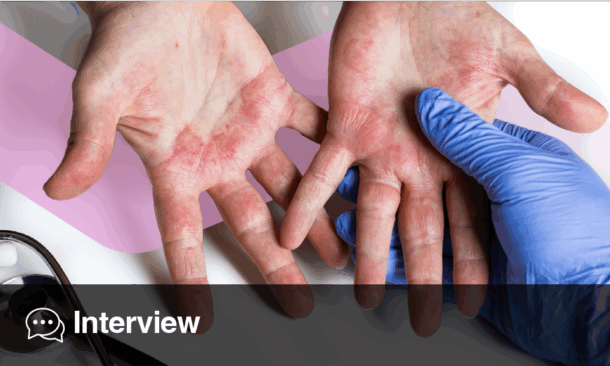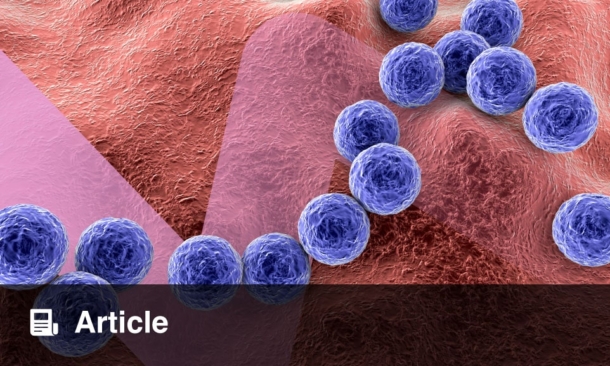ROSACEA is a chronic inflammatory skin disease that predominantly affects the central face, causing persistent redness, visible blood vessels, swelling and, in many cases, inflammatory papules and pustules. It is particularly common in middle-aged and older women and, beyond the physical burden, often leads to significant psychological and social distress due to its visibility. The condition is typically divided into subtypes, including erythematotelangiectatic rosacea (ETR) and papulopustular rosacea (PPR), each requiring different therapeutic approaches.
Laser therapy has long been used in the management of ETR, with dye lasers proving effective in reducing redness by selectively targeting dilated blood vessels. However, their role in treating PPR has been limited, largely because PPR is primarily inflammatory and does not respond well to therapies focused solely on vascular changes. Instead, treatments for PPR have traditionally relied on anti-inflammatory topical and oral agents such as metronidazole and doxycycline.
In a recent four-year study involving 28 patients, researchers investigated whether combining dye laser therapy with long-pulse alexandrite (LPA) laser could improve outcomes for both ETR and PPR. To objectively assess treatment effects, the team developed a novel method using ImageJ software to quantify redness and blueness in clinical photographs. This approach provided a standardised, reproducible means of evaluating treatment efficacy without the need for expensive equipment, and it allowed retrospective analysis of patient cases.
The findings were striking as patients with PPR treated with dye laser alone showed little measurable improvement, but those who underwent combination therapy with dye and LPA lasers demonstrated significant reductions in redness and inflammation. The LPA laser appears to contribute by targeting perifollicular inflammation, a key feature of PPR, in addition to acting on vascular changes. Importantly, no adverse effects were observed in this cohort, though larger studies are needed to fully establish safety.
This quantitative evaluation highlights the potential of combined laser therapy as a promising new option for PPR, which has traditionally been resistant to laser treatment. If validated in future research, this approach could broaden therapeutic strategies and improve quality of life for patients with rosacea.
Reference
Nakamura R et al. Quantitative evaluation of successful combination therapy with dye laser and long-pulse alexandrite laser for papulopustular rosacea. J Dermatol. 2025;DOI:10.1111/1346-8138.17928.








